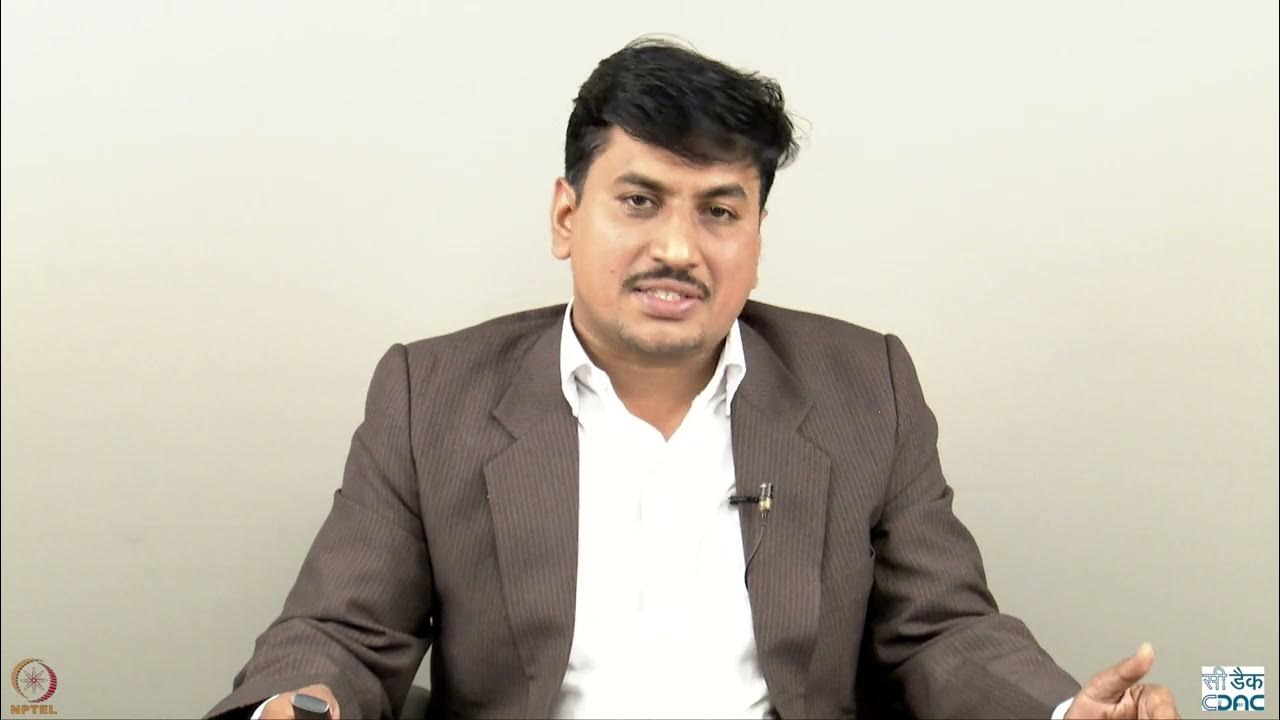Linux - Features and Architecture [ Easiest Explained ]
Summary
TLDRIn this video, the creator discusses the architecture and features of the Linux operating system, focusing on open-source software, multi-user capabilities, and multitasking features. The video explores the core functions of Linux, including memory management, process scheduling, and system resource control. It also highlights how Linux provides a graphical user interface, supports network protocols, and enables the installation of applications. Viewers are encouraged to subscribe to the channel and stay tuned for future tutorials, making this video both informative and engaging for those interested in Linux and open-source systems.
Takeaways
- 😀 Linux is an open-source operating system, allowing users to view, modify, and distribute its source code freely.
- 😀 Open-source operating systems, like Linux, support multitasking, multi-user environments, and network protocols.
- 😀 The Linux kernel manages core system functions, including program execution, memory management, and input-output operations.
- 😀 Linux supports both graphical user interfaces (GUIs) and command-line interfaces for flexibility and ease of use.
- 😀 The kernel handles essential tasks such as managing system resources, allocating memory, and scheduling processes.
- 😀 Linux provides a robust file system starting from a root directory, where all files and subdirectories are organized.
- 😀 Users can install software through terminal commands, such as `apt-get` or `yum`, to expand the system's capabilities.
- 😀 Linux's multi-user and multitasking features allow multiple users to work simultaneously without interfering with each other.
- 😀 Linux architecture involves various layers, with the kernel managing the hardware and the user interface providing interaction between the system and users.
- 😀 The Linux kernel controls system priorities and manages processes, ensuring smooth operations for multiple tasks and users.
- 😀 The video encourages viewers to subscribe to the channel for more content on Linux and its features.
Q & A
What is an open-source operating system?
-An open-source operating system is one whose source code is freely available for anyone to view, modify, and distribute. Linux is a popular example of an open-source operating system.
What are the key features of Linux operating systems?
-Linux offers several key features such as multitasking, multi-user support, network protocol management, and graphical user interfaces (GUIs) for easier interaction.
How does Linux support multitasking and multi-user environments?
-Linux allows multiple users to work on the same system simultaneously and supports running multiple tasks or processes at the same time without performance degradation.
What are some examples of Linux commands for managing software?
-Common Linux commands for managing software include 'apt' and 'yum', which are used to install, update, and remove software packages depending on the Linux distribution.
What is the role of the kernel in a Linux system?
-The kernel is the core component of the Linux operating system. It is responsible for managing system resources such as memory, processes, and hardware, and controls the execution of programs.
What does the root directory in Linux represent?
-The root directory is the highest-level directory in the Linux file system, containing essential system files and directories. It is denoted by '/' and is crucial for system operation.
How does Linux manage memory and processes?
-Linux's kernel is responsible for memory management and process scheduling. It allocates memory to different tasks and manages how processes are executed, ensuring efficient resource usage.
What is the user interface's role in a Linux system?
-The user interface (UI) in Linux acts as an intermediary between the user and the operating system. It allows users to interact with the system through commands or graphical interfaces, making it easier to manage files, applications, and processes.
How does Linux handle file operations like creating, removing, or modifying files?
-Linux provides a set of commands, such as 'mkdir', 'rm', and 'cp', for file operations. These commands allow users to create, remove, or modify files and directories as needed.
Why is it important to subscribe to channels or resources related to Linux?
-Subscribing to educational channels or resources helps users stay updated with new tutorials, tips, and features related to Linux. It enhances learning and provides continuous support for mastering the operating system.
Outlines

このセクションは有料ユーザー限定です。 アクセスするには、アップグレードをお願いします。
今すぐアップグレードMindmap

このセクションは有料ユーザー限定です。 アクセスするには、アップグレードをお願いします。
今すぐアップグレードKeywords

このセクションは有料ユーザー限定です。 アクセスするには、アップグレードをお願いします。
今すぐアップグレードHighlights

このセクションは有料ユーザー限定です。 アクセスするには、アップグレードをお願いします。
今すぐアップグレードTranscripts

このセクションは有料ユーザー限定です。 アクセスするには、アップグレードをお願いします。
今すぐアップグレード関連動画をさらに表示

Week 1: Lecture 1: Introduction to Operating System.

Computer Concepts - Module 4: Operating Systems and File Management Part 1A (4K)

Evolution of Unix and Linux Operating Systems

BTEC Level 3 IT - P05 - Operating Systems (OS) - Types of Operating Systems

Introduction To Operating System | OS Functions , Features And Types

PRESENTASI TIK || SISTEM OPERASI LINUX
5.0 / 5 (0 votes)
